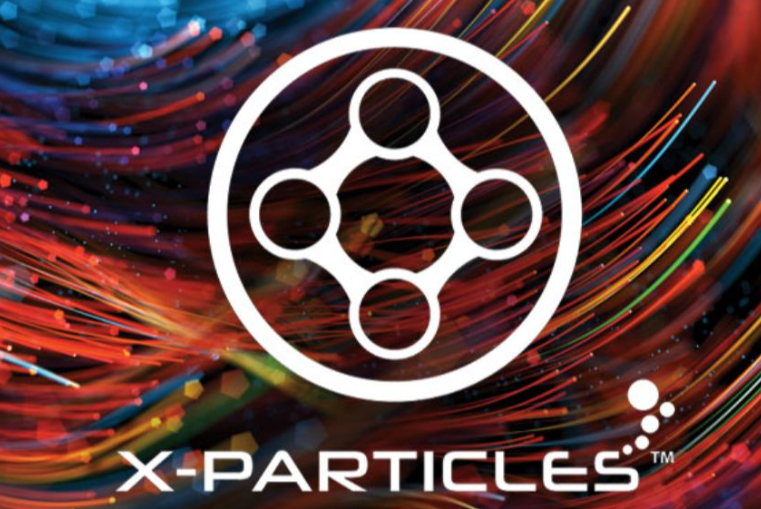дёҖгҖҒ How to adjust the Keyshot texture map
The adjustment of Keyshot texture maps is a complex process involving multiple aspects, and the following are several core steps and techniques:
1. Choose the appropriate texture: Select the appropriate texture from Keyshot's material library, or import a custom texture.

2. Adjust texture parameters: In the texture properties panel, you can adjust parameters such as tiling, scaling, and rotation to more accurately control the texture's effect.
3. Use texture mapping tools: Keyshot provides various texture mapping tools, such as plane mapping, sphere mapping, etc. You can choose the appropriate mapping method based on the shape of the object.

4. Preview and fine-tuning: Use the real-time preview function to continuously check the effect and make adjustments to ensure that the texture effect meets expectations.

дәҢгҖҒ How to stick only one side of a Keyshot texture
Sometimes you may only want to stick the texture to one side of the object, rather than the entire surface. Here are the methods to achieve this goal:
1. Select specific faces: Use the selection tool to select only the faces to be mapped.
2. Apply texture: Apply the desired texture to the selected face.
3. Use masks: Control the display area of the texture by using masks or alpha channels.
4. Adjust mapping method: Depending on the needs, you can adjust the mapping method, such as planar mapping, and perform corresponding scaling and rotation operations.
дёүгҖҒ How to use Keyshot texture to stick only to the surface
The concept of Keyshot only sticking to the surface is similar to sticking to one side, but it focuses more on the outer surface of the object. Here are some specific steps:
1. Select object surface: Use the selection tool to select only the outer surface of the object.
2. Adjust texture parameters: Select the appropriate texture and adjust relevant parameters, such as tiling, scaling, etc.
3. Use boundary tools: If necessary, you can use boundary tools to accurately define the boundaries of the texture.
4. Repeated preview and fine-tuning: Continuously use real-time preview and fine-tuning tools to ensure the desired effect is achieved.









